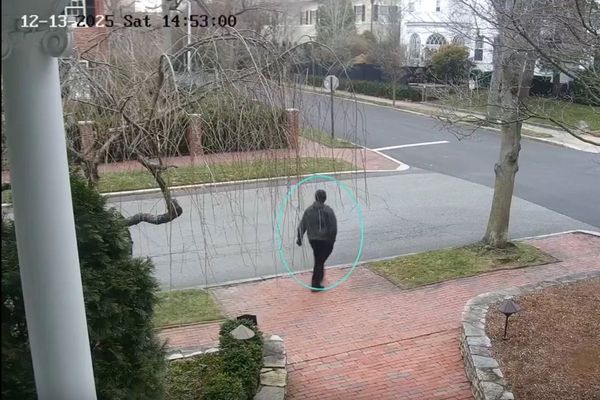
The morning after the night’s frost, the field basks in sunshine. Waders are foraging among the grazing sheep and my gaze falls on the bobbing head of a redshank as it probes a tuft of grass. A golden plover dashes past and my view switches. At speed, the plover’s head is steady; but when it slows, the head starts to bob; and then the bird pecks at the ground.
Head-bobbing is found in about half of all avian species. It happens for similar reasons that my mammalian eyes make involuntary flickers as they look at something; that is, to build up a picture of the scene, picking out the important bits from the unimportant. As I look back at the redshank, although my gaze feels perfectly steady, I know my eyes are minutely moving and pausing their focus. I can also assess where the different birds are in relation to each other because of my forward-facing eyes. My brain combines the slightly different images produced on each of my retinas, which is what gives frontal vision its sense of perspective.
But birds can’t move their eyes like I can, and many species, like waders, also have their eyes on the side of their head. This lateral vision gives a panoramic view – good for scanning for predators, not so good for assessing perspective. Head-bobbing is the solution to both these problems. Like the involuntary flickering of my eyes, it helps a foraging bird to look closely. It also improves perspective. As the bird’s head moves, different parts of the surroundings move at different speeds depending on how far away they are, giving a sense of depth. But whether – and how much – a bird bobs its head depends on its activity. Lining up a food item to peck might need only a slight bob from a golden plover. Watching all the moving parts of a busy street could demand exaggerated bobs from an urban pigeon.
A sudden alarm call from the redshank has sent the flock into the air. I look around in surprise – my narrow vision had missed the farmer’s approach. Now I see his long crook; his border collie; and the sheep huddling together at the dog’s – seemingly – steady gaze.
• Under the Changing Skies: The Best of the Guardian’s Country Diary, 2018-2024 is published by Guardian Faber; order at guardianbookshop.com and get a 15% discount







